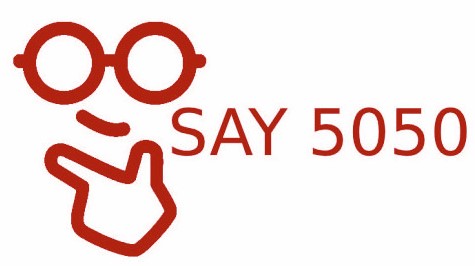The Tata Group on Thursday regained ownership of Air India, 69 years after the airline was nationalised. The salt-to-software conglomerate promised to turn the loss-making carrier into a world-class airline.
The handover has come as a culmination of the government’s attempt to transfer the ownership of the loss-making airline to a private owner. The airline never made profit since its merger with Indian Airlines in 2007-08 and reported a loss of Rs 7,017 crore in FY21.
The acquisition gives Tatas 100 per cent ownership in Air India, its low-cost subsidiary Air India Express and 50 per cent stake in ground handling firm AISATS.
Following the takeover, Tata group chairman N Chandrasekaran indicated that there will be changes in functioning of the company. “My first flight was with Air India in December 1986 and I will never forget how special it felt to be on-board, or the exhilaration as we soared into the sky. Such memories are wonderful, but now is the time to look ahead. I write this letter on behalf of the Tata group, to welcome you to our family. I have learned that to preserve what is best about the past, requires constant change. It is by evolving, adapting and embracing the future that we best honour a glorious history,” Chandrasekaran said in his first message to Air India employees.
While no official announcement was made about composition of the new board, it is learnt that the airline’s current directors in charge of core operations- finance, commercial, operations and human resources–will continue. From the Tata side, Nipun Aggarwal, senior vice president at Tata Sons; Saurabh Agrawal, CFO at Tata Sons; Suprakash Mukhopadhyay, group corporate secretary at Tata Sons; and Eruch Noshir Kapadia, former CFO at Tata Sons are part of the restructured board. Vikram Dev Dutt, who was named Air India Chairman and Managing Director a few days ago, resigned on Thursday. So did two government nominees.
People who advised the Tatas on the deal said that the group was keen on Air India for a long time. “There was an emotional connection here…. This was an opportunity to secure significant market share… The financial sweetener allowed them to take over the airline with the right kind of debt,” said Vikram Utamsingh – MD and Country Manager, Alvarez & Marsal, a professional services firm.
Beside the emotional factor, the Tatas also had a significant business logic to acquire Air India.
With Air India and Air India Express, the group now has four airlines and around 23 per cent market share, becoming the second largest operator in the domestic sector behind IndiGo. It is the largest player on international routes and the only Indian carrier on long haul routes like Europe and USA.
Sources said that the Tata group plans to operate both in full service and low cost segments. While Air India Express and Air Asia India will be combined to make a low cost airline, Air India is likely to be merged with Vistara going ahead.
“The Tata group had every understanding about the requirements of this investment and what the returns can be. In a large M&A acquisition, the serious buyer will have a deep investment thesis running through. So, it was not surprising they went all the way,” said Nandini Chopra, head of corporate finance, Alvarez & Marsal.
There is a potential to improve cash flow by a billion dollars per year if the planned strategy of the Tatas to improve revenue and cost can be implemented, said people aware of the development.
While the initial plan of the conglomerate is to work towards enhancing the soft side of the existing product, the Tata group has also identified other areas which have to be improved to turn around the company.
Beside passenger experience like food and customer interaction at touch points, the focus will be to improve commercial operations like revenue management, ancillary revenue and cargo operations. Simultaneously, there is an urgency to look at human resources by imbibing a culture of a private corporation where there is an incentive to perform better.
“Air India currently doesn’t have the required technology or employee training to do route analysis, pricing and booking curves. Currently it’s a very manual process at Air India which impacts commercial performance as airline pricing is dynamic in nature. They will have to augment the team and software in that area,” the person said.
According to data provided in Parliament, in FY20 Air India had 11 international routes that met variable costs and 10 that did not. On the domestic network, there were 101 routes which did not meet even variable costs, while only nine met the total cost.
Another area that the Tatas have identified is to improve the revenue from cargo operations. The cargo network is likely to be realigned so that the planes fly to the right location and make it easier for customers to book and track the consignment.
Amidst the pandemic, which have impacted the global supply chain, airlines have earned more revenue from cargo as compared to other years. Airlines like SpiceJet and IndiGo now have a separate line of management looking purely at air cargo which has allowed them to gain market share from foreign airlines.

